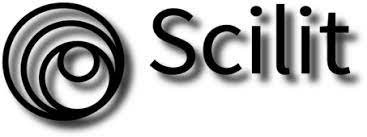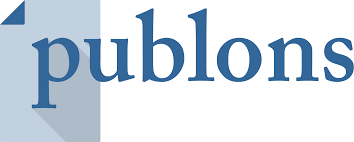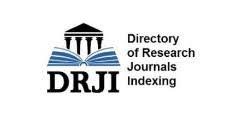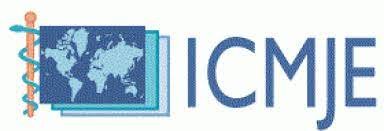Short Communication
Short communications are concise articles, limited to a maximum of four pages, which present significant findings that could potentially impact future research in the respective field.
Manuscript Structure
Type of Article
Research Article/ Review Article/ Case Report/ Short Communication/ Mini Review/ Opinion /Letter to Editor
Title
An accurate synopsis of the paper’s contents should be included in the title. A compelling title will attract readers and facilitate their online search for the content, ultimately leading to a higher number of citations. The title should provide a glimpse of the paper’s intriguing discoveries while incorporating relevant keywords. A title that poses a question or emphasizes the primary findings will have a greater impact compared to a title that merely summarizes the study’s methodology.
Authors and affiliations
The authors should disclose their affiliations, including their names, departments, institutions, universities, cities and countries.
Corresponding Author
The details that should be included are the name, department, institution, university, city, state, country, phone, fax, and email.
Abstract
The abstract must be informative and completely self-explanatory, offering a concise summary of the topic, outlining the experimental parameters, emphasizing significant data, and highlighting key findings and conclusions. After providing a brief summary of the theme, the breakdown reiterates the main objectives of the paper and identifies potential avenues for future research. A 300-word abstract can effectively summarize the subject matter. This section should not include any reference citations, and acronyms should be accompanied by examples. An ideal structure would encompass the study’s background, methodology, findings, and conclusion.
Keywords
Three to six catchphrases or keywords, broken up with a semicolon (e.g., Fertilizers; Soil fertility; Maize growth)
Introduction
The paper’s tone should be appropriately addressed, encompassing a comprehensive explanation of the investigation, relevant literature, and the proposed approach or outcome. Moreover, it is crucial to captivate the attention of viewers from various scientific disciplines.
Conclusion
This final portion of the study provides a more thorough summary of the significant findings and their consequences.
Acknowledgement
Including an Acknowledgements section in a work is not obligatory, but it can be added if desired. If necessary, it should contain a list of individuals who have contributed to the work and grant details. Additionally, authors may choose to acknowledge individuals who have provided materials, expertise, or their time to the study, even if they are not listed as authors. However, it is important not to mention the Editor who handled the submission in this section.
Reference Style
Journal References
Author names (Year) Title of article. Journal short name Volume(Issue): page numbers.
Book References
Author names (Year) Title of the book. (Edition), Publisher name, place, city, country, pp. page numbers.
Author names (Year) Chapter/ topic name. In: Author name/s (Editors.), Book name. (Edition), Publisher name, place, city, country, pp. page numbers.
Conferences
Author names (Year) Conference topic. Name of the conference, Country
Figures
Figures must be in either PNG or JPEG format.
Figure Legends: An explanation of the figures or graphic.
Tables
Tables can be uploaded either as a standalone file or integrated within the text, and they can be organized vertically or horizontally on the page.
Tables Legends: An explanation of the figures or graphic. Full version of each acronym that appears in the table. Even if it has been explained in the text, provide the complete form.
Indexed In







Top Editors




